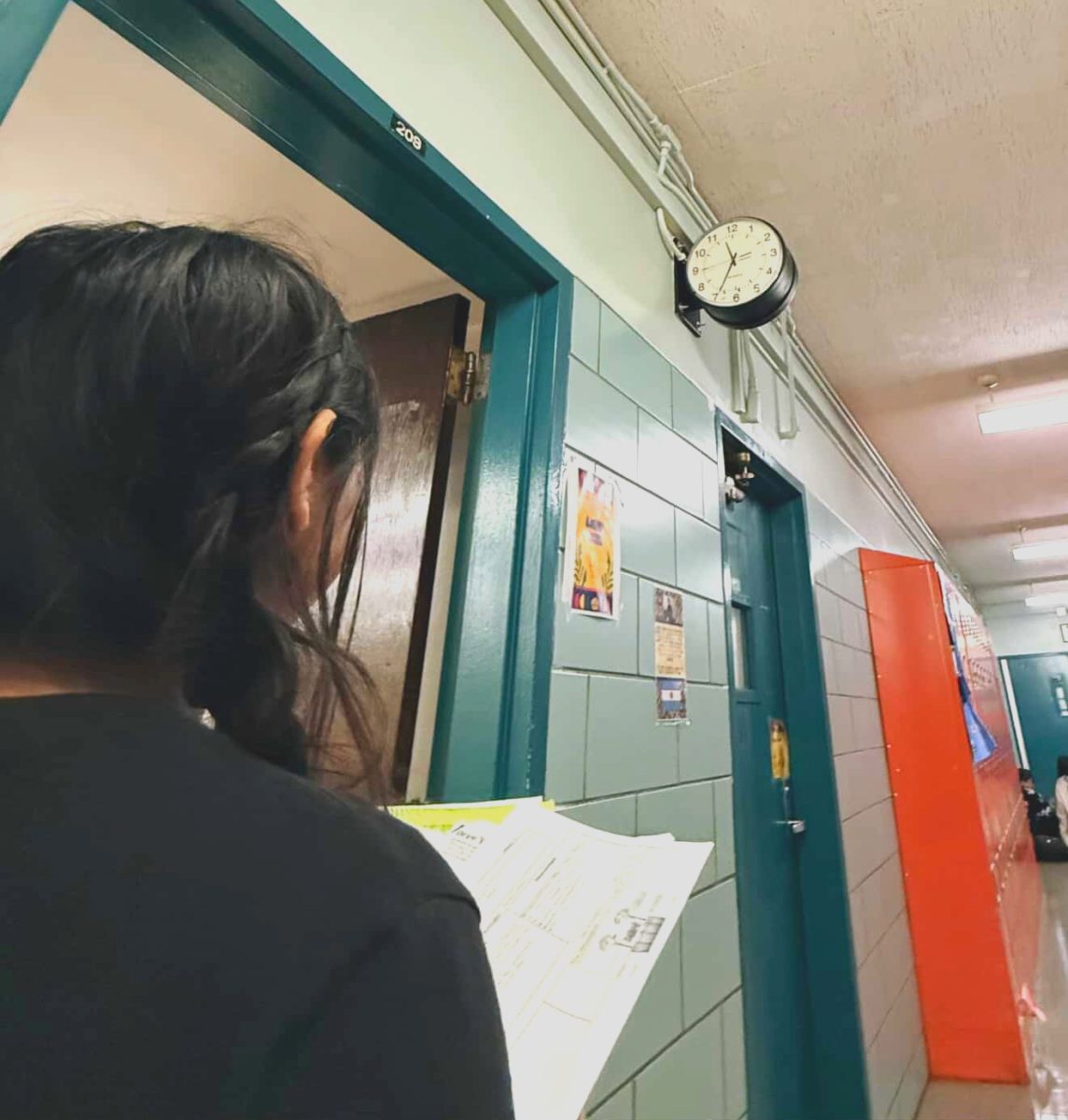The NYC Museum School administered its first-ever digital PSAT in Oct. 2023 after the College Board announced the permanent transition of all PSAT and SAT exams to an online model in Jan. 2022.
The exam’s duration was shortened from three hours to two hours and 15 minutes. The College Board introduced Bluebook, a testing application for students to take their SAT exams online, starting with the class of 2025. Students are required to download the app on their devices prior to the administration of the exam. On the examination day, the proctor provides students with their login information for Bluebook.
Four sets of questions, referred to as modules, are downloaded to the testing device in the app when the student begins the test. The two primary skills assessed on the exam remain; the reading & writing section and the math section each contain two modules, with each section’s modules containing an equal number of questions.
Reading & Writing, which previously provided students with a subscore and cross-test scores to assess individual skills, now contains 27 questions to be completed in 32 minutes per module, with no subscores available.
Meanwhile, the Math section, which was previously divided into no-calculator and calculator sections, now permits the use of a calculator for all 44 questions, split amongst two 22-question modules to be completed in 35 minutes each.
Although the College Board is preparing to roll out their new digital format for all SAT exams moving forward, the first digital exam available for students was a digital PSAT on Oct. 17. Among the few juniors who took this test was Astrid Chen, who compared this test to the paper version she took last year. “Taking the PSAT online was quicker for me, not in the sense of timing, but how the questions in the English section were asked. As this new test no longer provides a full article, but rather small sections of text, there was no need to look back and scan through an entire page of writing. Being provided with the small chunk to answer one question saved lots of time for me.”
Junior Breanna Filpo said she “liked taking the PSAT online rather than in-person because it is easier to understand. It made me feel less scared to take the SAT.”
As students move through each section, those who perform well in the first module will face harder questions, thereby increasing their chances of achieving a high score. Likewise, students who perform poorly in the initial module will be prompted with simpler problems as a method to reduce stress and bump up confidence about their performance on the exam.
While the College Board took this approach in an attempt to improve test scores, some may criticize it for no longer being standardized. In a traditional exam, all students took the same test which allowed for fair, even results. Junior Geneva Mommaas said, “I feel like it ruins the whole point of standardized testing because it’s not standardized; it’s different than anyone else. I have to see how it changes with the results though.”
Junior Karuna Biswas said her “main concern regarding the online SAT is the potential for technical difficulties that could disrupt my test-taking experience due to the computer-based format.” Technical issues could harm a student taking this test as well. This has created backlash amongst students and faculty alike before students even took it.
Ms. Hindelong said, “Now that we have done this one time, we will be in good shape for the Spring SAT. I can say that when there was a technical issue on one student’s computer, we restarted the computer, and they were able to get into the exam and progress with no other issues. The proctors and I found the system fairly user-friendly.”




























William • Dec 4, 2023 at 3:34 pm
Good luck to everyone